I’ve been using Nikon DSLR cameras for about 13 years professionally, and even longer when it was just my hobby. I’m very set in my ways regarding the controls and feel of a classic Nikon camera, and I was very hesitant to make any changes. My main camera bodies have been the D850 and a couple of D750s for a while now. Some of my photography friends told me how much they loved their mirrorless cameras. However, I had a lot of concerns about switching. I will go over some of those below and why I’ve ended up loving the switch to mirrorless and the Nikon Z6 II.
How does a Nikon Z6 II mirrorless camera work with off-camera and Godox flashes?
My concern about using flashes ended up not being a problem at all, with one exception. By default, with a mirrorless camera, you are looking at a screen inside the camera showing your picture’s actual live exposure. Of course, with a mirrored camera, you look directly through the lens, so the exposure settings make no difference to your view.
Many off-camera flash photographers will underexposure a picture and then use a flash for some fill light, especially in a situation with a bright sky behind a subject. Nikon understands that seeing the live exposure settings through the viewfinder doesn’t work well with flash. So it automatically disables this feature. It shows a view similar to a mirrored camera, where the exposure settings have no effect. Most of the time, this works perfectly. Just understand if you are a flash photographer, you lose the benefits of seeing the exposure before shooting.
However, there is one issue with this. I think it’s something Nikon started to address in its latest 1.20 firmware update for the Z6 II, but it persists for me. They confusingly say that the latest firmware “Improved the performance of face/eye-detection AF and subject visibility with optional flash units.” I think they are referring to the issue I’m talking about here. If you are looking into the sunset with a mirrored camera, you are just looking at it, and your eye has to adjust, or you just put on sunglasses. Our eyes are pretty amazing at seeing someone even standing against the sun.
When using flash, the view through a mirrorless camera is not affected by your exposure settings. The camera is just guessing how to show you best the view of what you are seeing. Usually, this is no problem at all. However, in a situation where the subject is very backlit, the viewfinder will expose for the sky and make the subject in silhouette.
Again, this has nothing to do with exposure settings. This is entirely separate from any auto-exposure settings. It’s just how the camera is trying its best to show the scene through the viewfinder when using flash. This can cause focusing issues because the subject is so dark. Even though the Z6II has phase detect autofocus, it seems like subject contrast of what you visually see through the viewfinder makes a lot more difference than it did with a pure DSLR.
In other words, I couldn’t see the subject well, and the camera also had trouble “seeing it” and locking on. This wouldn’t have been an issue with the pure phase detection system of the D850. If I weren’t using flash, I would have just adjusted the exposure until my subject was visible and the sky was blown out, but using flash, the exposure settings have no effect on the live view. I’ve found selecting a small point autofocus instead of a wide area helps in this situation. Here is one of the images I had this issue with. Again, the picture was exposed correctly with my manual settings and ended up beautiful. It was only the view through the viewfinder that was affected. Hopefully, Nikon can solve this eventually.

Use Native or Adapted lenses on the Nikon Z6 II?
I knew I wanted to at least get the 85mm f1.8 S native lens for the Nikon Z6 II. I have Nikon’s outstanding 85mm f1.4 G lens, which I could have just adapted to the camera. I’ve been using this lens for many years and taken tens of thousands of beautiful pictures. However, I’ve always noticed the tendency of the lens, to have a lot of chromatic aberration especially with strong backlighting. Also, I always shoot the f1.4 lens around f2 anyway. It’s sharpest stopped down and it’s too hard to keep subjects in focus at f1.4.
I read some amazing sounding reviews of the 85mm f1.8 S Nikon Z lens. Reviewers said it had almost no chromatic aberration and was super sharp even at f1.8. I normally wouldn’t consider a f1.8 lens as “professional”, but they have really done something different with these new Z mount lenses. They are so sharp with no optical issues even wide open! I get better image quality at f1.8 with the Z lens then I ever did with my older f1.4 G lens. Someone could say you lose some of the character of the older f1.4 G lens. But I mostly found the optical issues of the older lens distracting. Who wants purple fringing all around their subjects.
One classic reason of using an f1.4 lens, was so I could stop it down, and it could be really sharp then at f2 or so. But if I have a lens, like with the Z mount 85mm f1.8 S, that is sharp wide open, then it’s really all I need. It might be silly, but the only thing I don’t like about the Nikon Z f1.8 S lenses is the size. They are actually bit bit too small. Pointing huge glass at someone makes them think the picture is going to be better, even if it doesn’t mean anything.
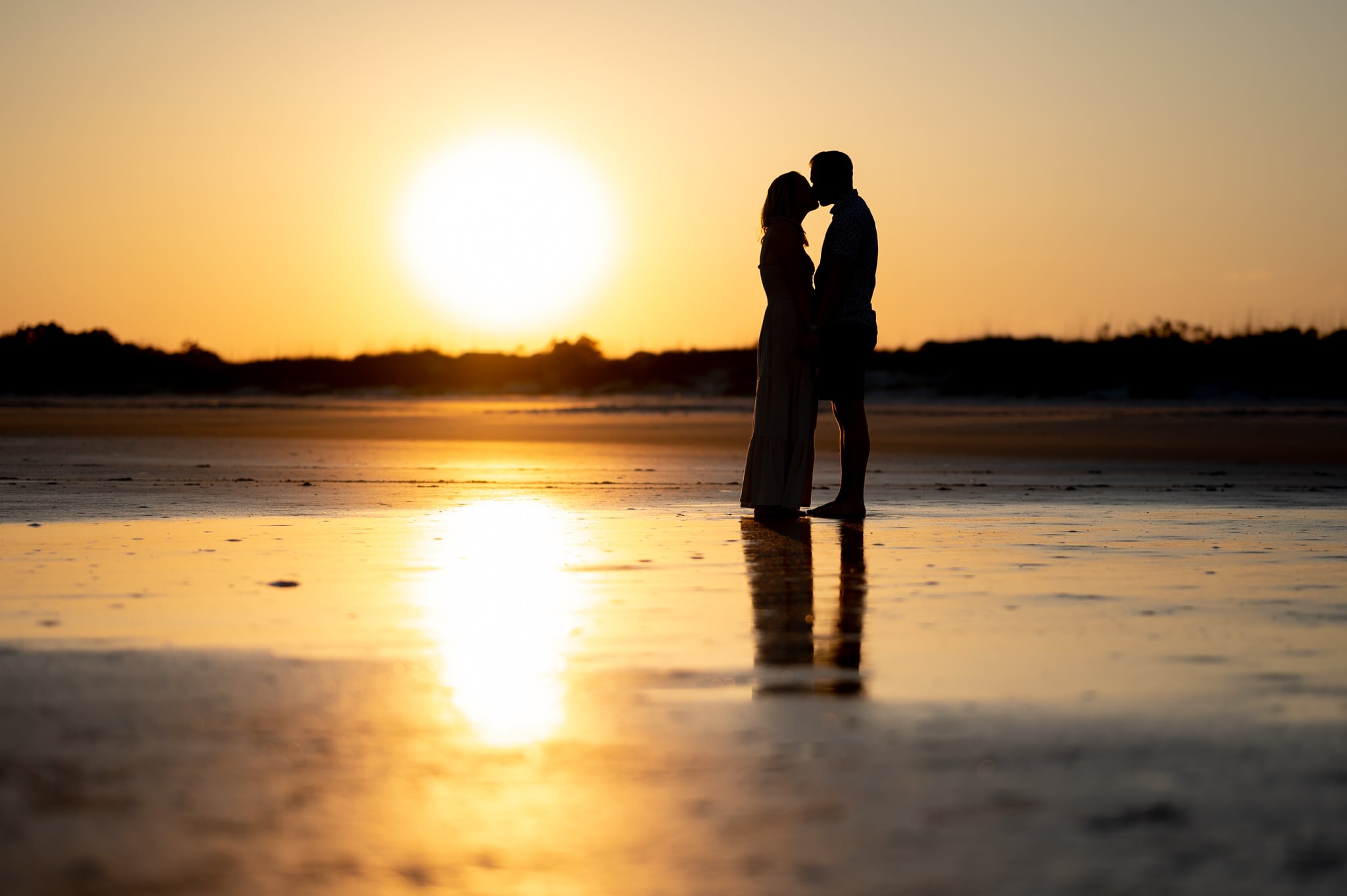
Make sure to get the new battery grip
My hands are not very big for a guy, although I do have pretty long fingers. I find a Nikon D850 to be perfectly comfortable and well balanced without a battery grip. However, I don’t feel that with the Nikon Z6 II. My fingers hang off the bottom of the camera and I find it just uncomfortable to hold. This is completely fixed with the new battery grip. It increases the size to around the same as a typical DSLR.
This new battery grip is also much more useful than any for the old DSLR’s. It actually allows two batteries to be placed right inside the grip! Even though this was possible with the older Nikons, I never did it. I had to unscrew the grip and put the other battery inside the camera. It was a huge pain so I didn’t bother. The new Z grips even allow one battery to be switched without powering down the camera. Unless you have tiny hands just plan an extra $400 into the price of the Z cameras to get a comfortable grip.
The eye autofocus system is mostly great
I appreciate, with the version 2 of the Nikon Z cameras, they added a wide-area autofocus selection box that has eye and face tracking. I just don’t feel comfortable with letting the camera completely decide what to focus on. It’s taken a couple of weeks, but I’m starting to really trust the autofocus system. I’ve found, if I move the large area focus box over my subjects, the camera does a great job with identifying subjects and focusing correctly.
I was worried at first, because it seemed to only see eyes and faces when they really got close. When looking at the pictures later, it’s still almost always spot on. I wish Nikon could make it a little more obvious what the camera is actually focusing on. When using wide-area large, the camera doesn’t put a smaller box on the subjects, unless it detects a face or eye. So I just kind of hope it’s catching the right subject inside that box. I just think, if the camera would put a little box over the point it decided to focus on, inside the wide area box, it would give some added confidence. For the most part though, the focus system is amazing. I think the sharp Z lenses and eye autofocus are helping me take some of the sharpest pictures I’ve ever seen.
One situation where I did have some issues, was with the subject leaning against an ivy wall. I placed the wide-area large box over my subject face leaning against the ivy wall. However, the camera racked the focus out to infinity and couldn’t seem to see the subject. I think what can happen, unlike a DSLR, a mirrorless camera kind of needs to “see” a subject. If your subject is completely out of focus from the start of focusing, it can’t detect the eyes. So it just thinks your blurry subject is part of the wall and doesn’t “see” the eyes. I was panicking a bit in that situation because I kept trying a couple of times and it did the same thing.
I think if it happens again, I will manually pull the focus back, so the camera can detect the subject with it more in focus from the start. Of course, I could switch out of wide area large to a more precise focus point as well. I’ve done many shots since against that ivy wall and never had the problem again. So who knows, maybe the latest firmware helped. This is one situation where I know my D850 and it’s phase detect system would not have an issue. Of course there are so many other advantages of a mirrorless like being able to focus anywhere in the viewport. Any system has some compromises, but overall I think the Z focusing system is a huge improvement.
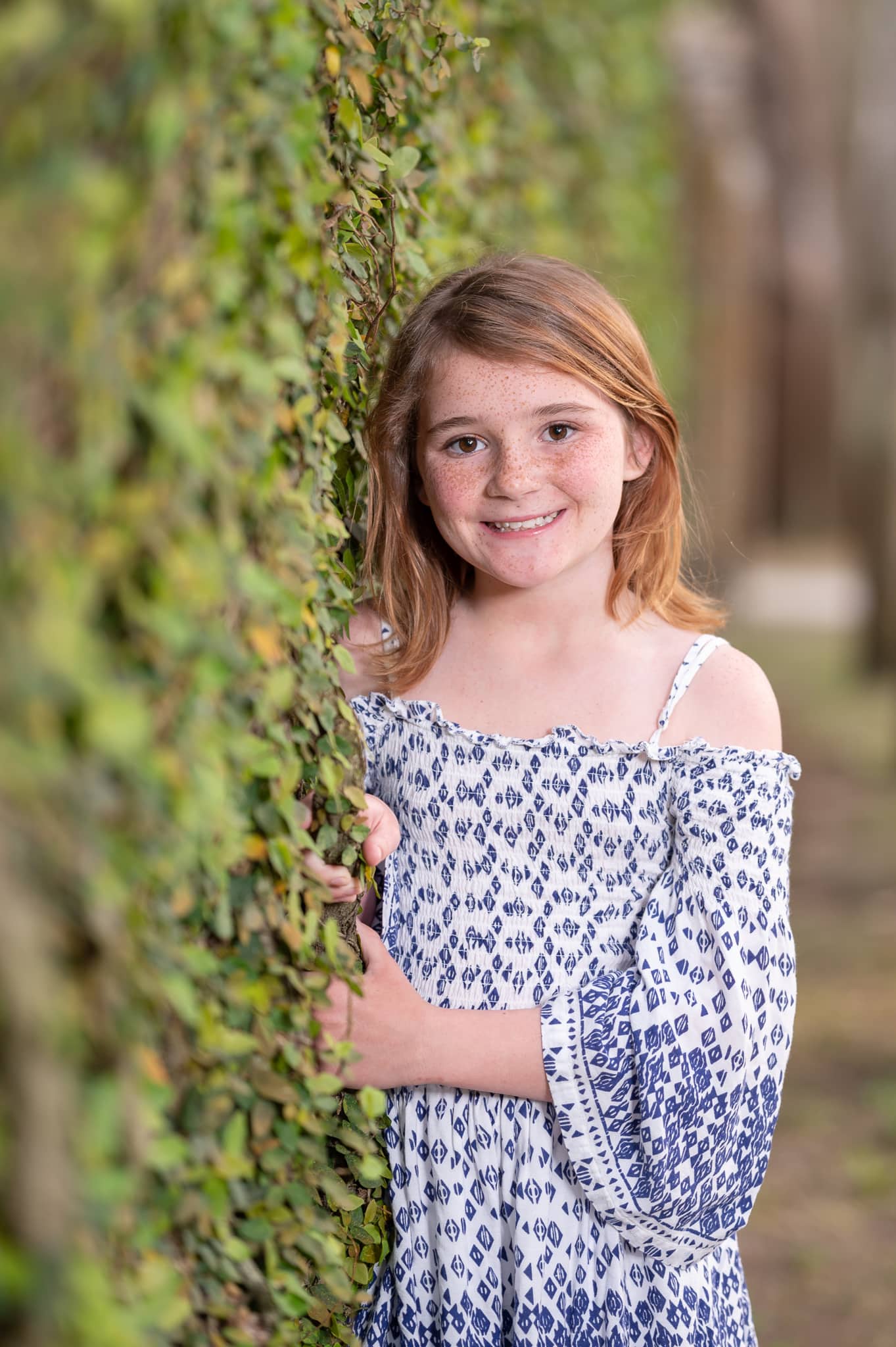
Advantages of live view autofocus on the rear screen
There are many times when I need to hold a camera above my head and take some pictures. With a DSLR like the Nikon D850, when using live view on the rear screen, the focusing performance becomes almost unusable. Especially in low light. This is because it can no longer use the phase detect sensors and uses contrast detection only. I actually got pretty good, at wedding receptions, of just blind aiming with the camera over my head and taking dance floor shots.
With the Z6 II, I’m starting to realize how awesome it is being able to get the same focusing performance in live view as through the viewfinder. For example, in the picture below. I wanted an angle that showed more of the dunes and less of the sky in the picture. The only way I could do this was holding the camera above my head. With the Z6 II I could still get perfect eye detection autofocus even aiming looking at the rear screen. I think this will open up some great possibilities. I will do whatever I need for a shot, such as laying on the ground in the sand. But if I can just hold the camera low and not look through the viewfinder, that is going to be a great help.
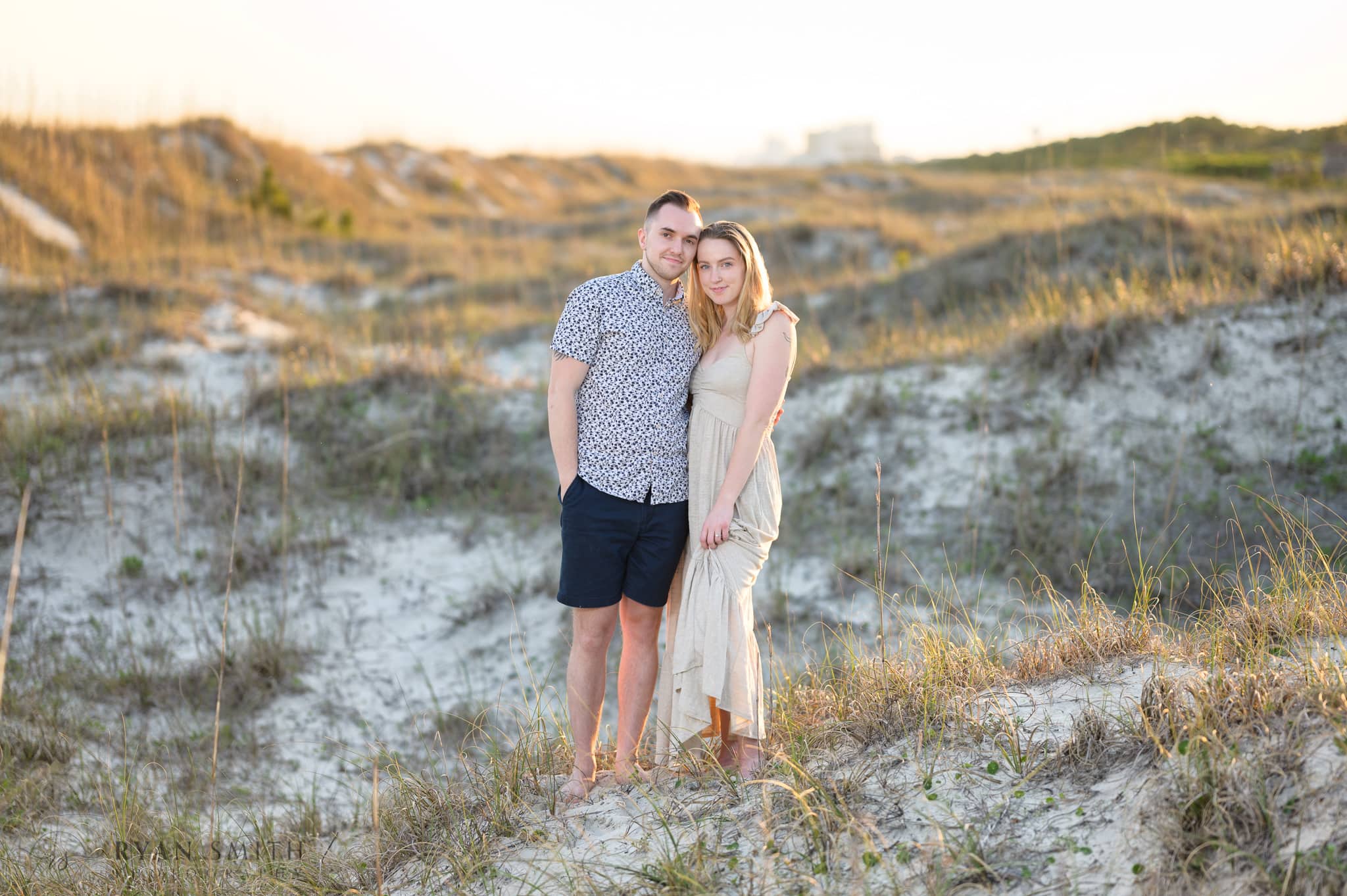
To sum up this review of the Nikon Z6 II
There is a lot more I could say. These are just some of my thoughts from using the camera the last few weeks. I’m sure I’ll have more thoughts after I get more experience. I’ve started to like the system so much I bought the 50mm f1.8 lens as well. I even bought my wife a Z5 to use when she assist me at weddings. It has all the features she needs for what she is doing as a second shooter. I do love my Nikon D850 and new 35mm Tamron lens. I still might end up selling those and getting either the Z7 II or an additional Z6 II. It’s really time now, even for a Nikon shooter like myself, to make the jump into mirrorless. It takes about a week and it starts to get really comfortable.
I’ll put below some of my recent pictures with the Z6 II. I’ve got a lot more I’ll be sharing on Instagram and eventually on my blog. Most of the pictures you see me post in the future will be taken with a Nikon Z camera. So check back for more! I hope you found this post helpful, let me know in the comments if you have any questions.
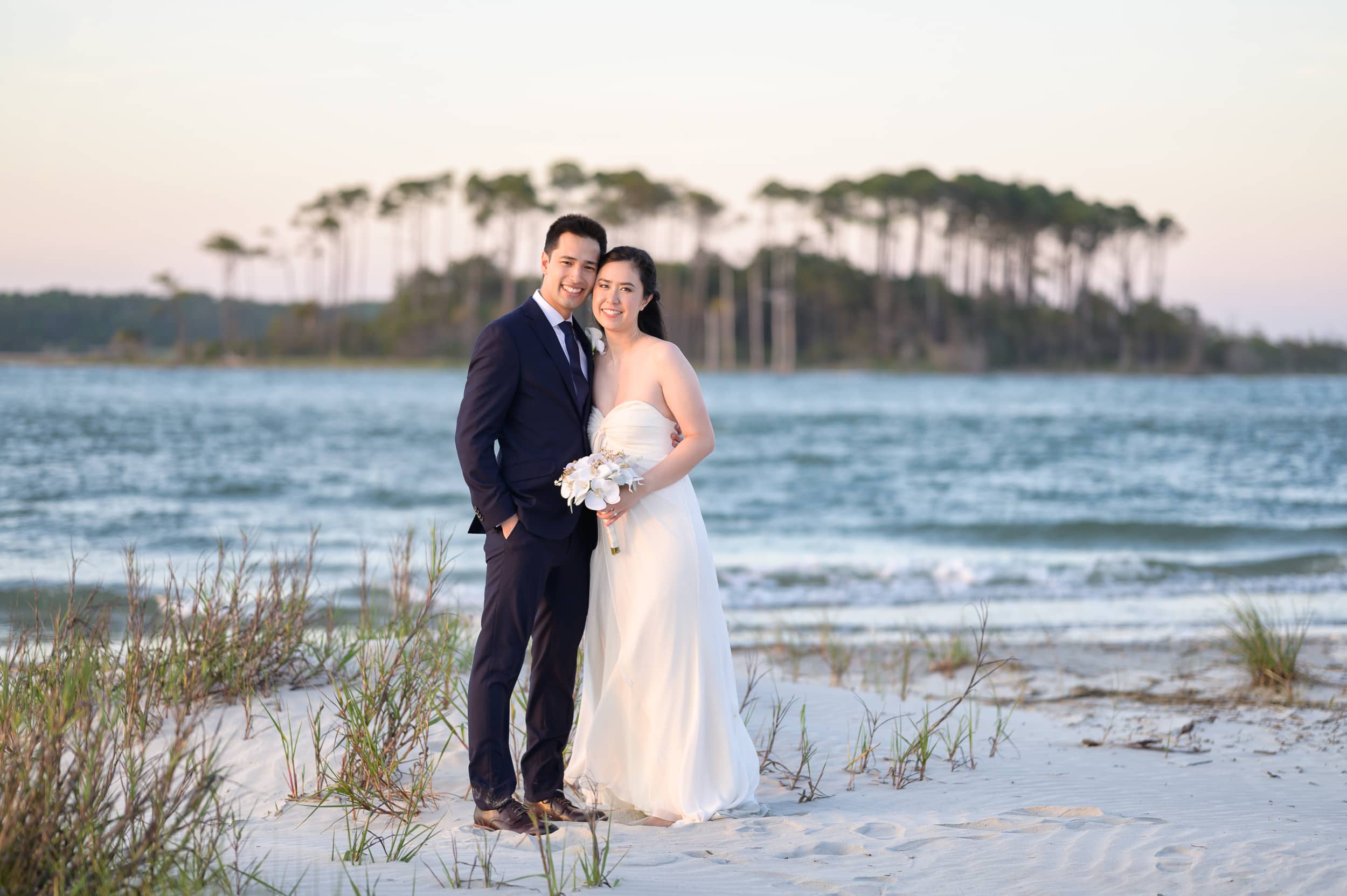
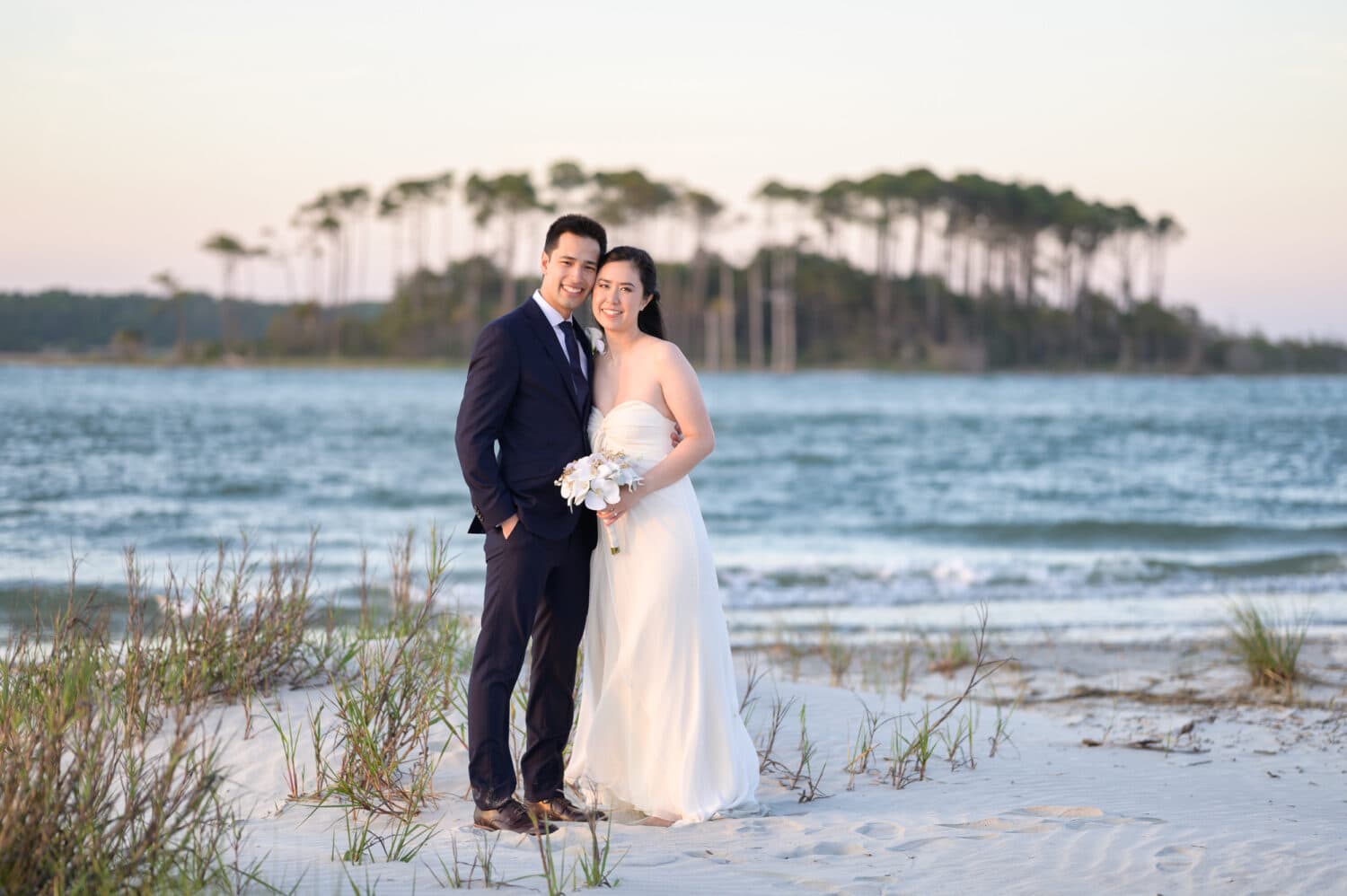
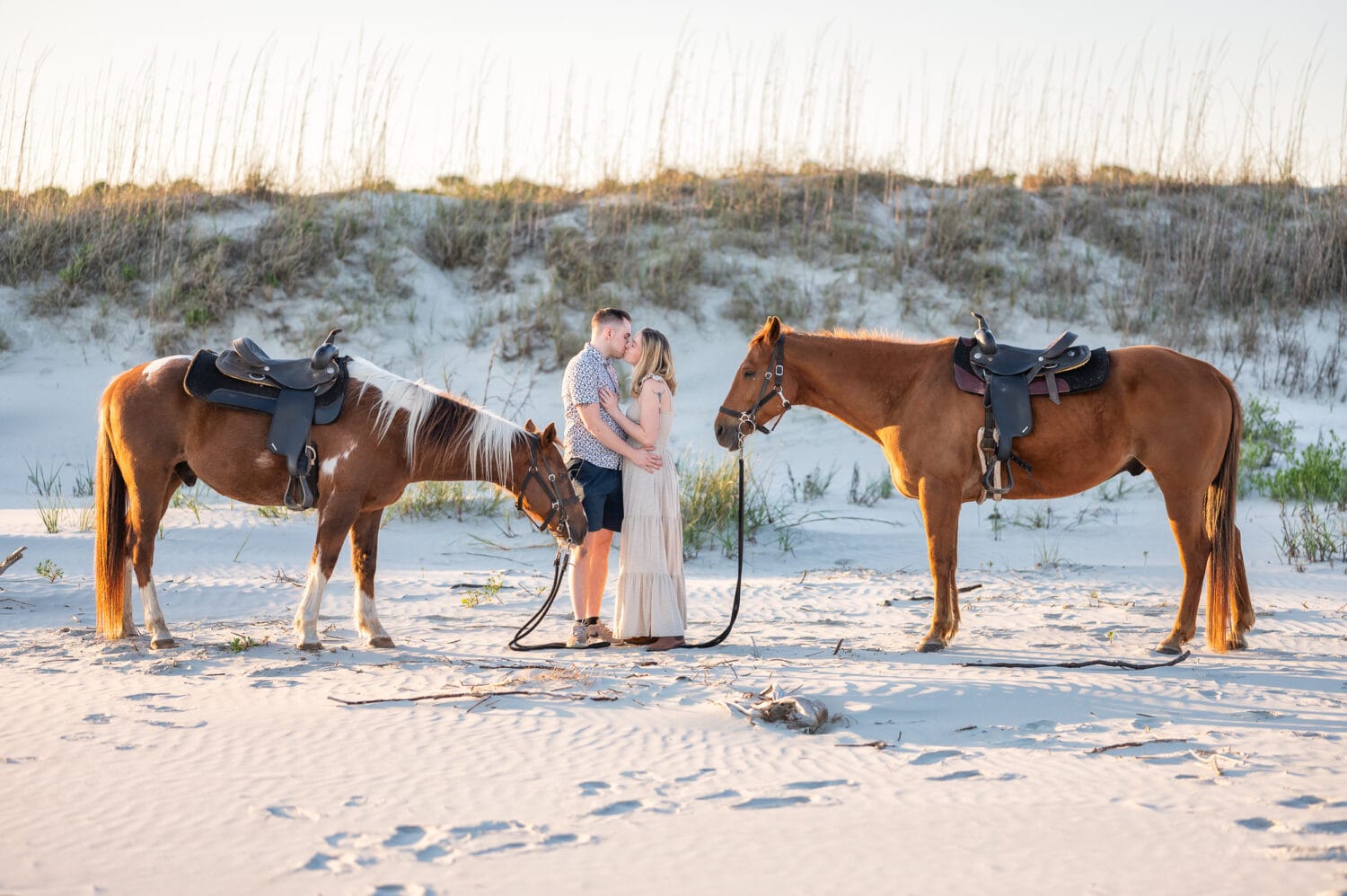
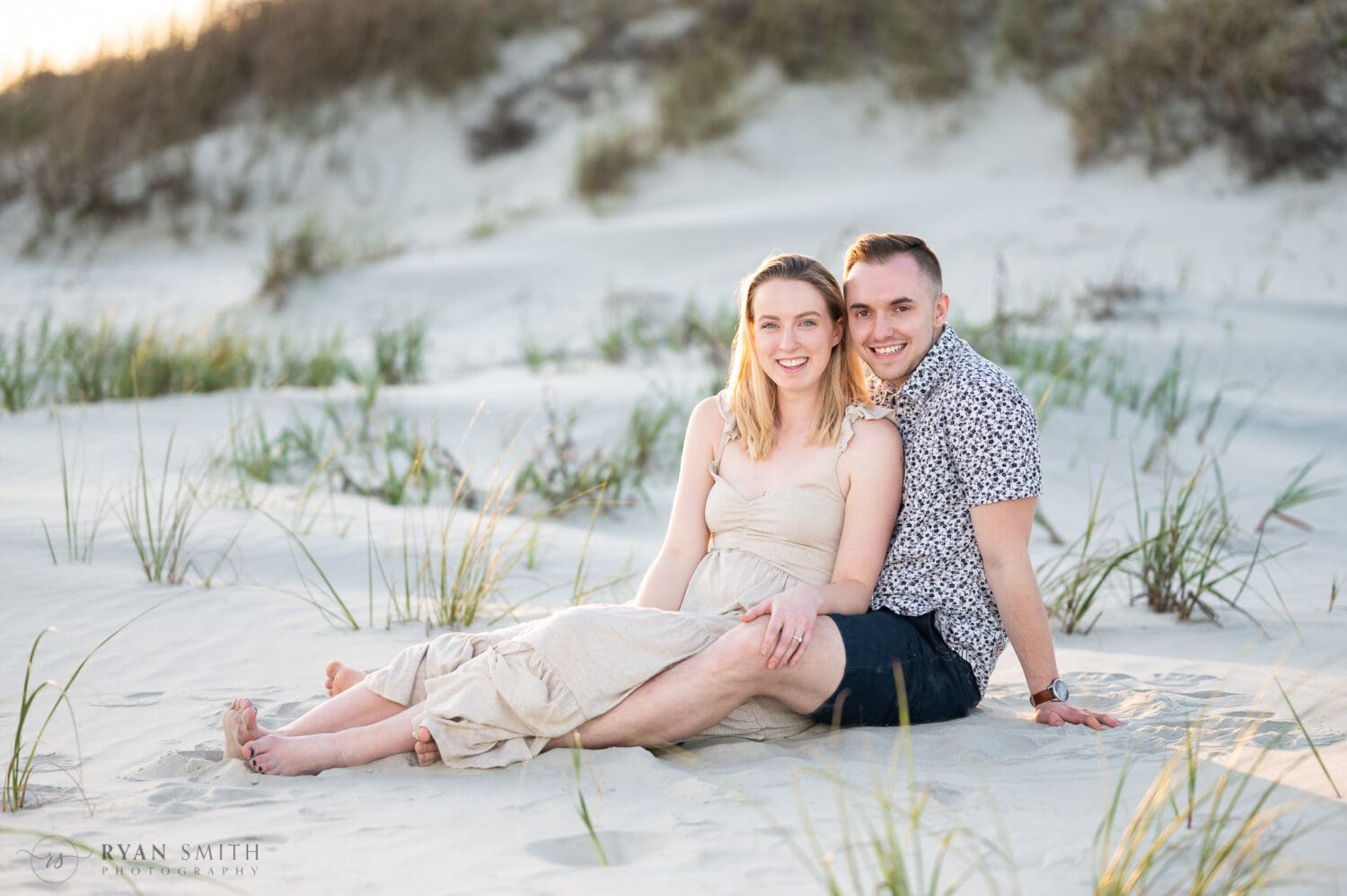
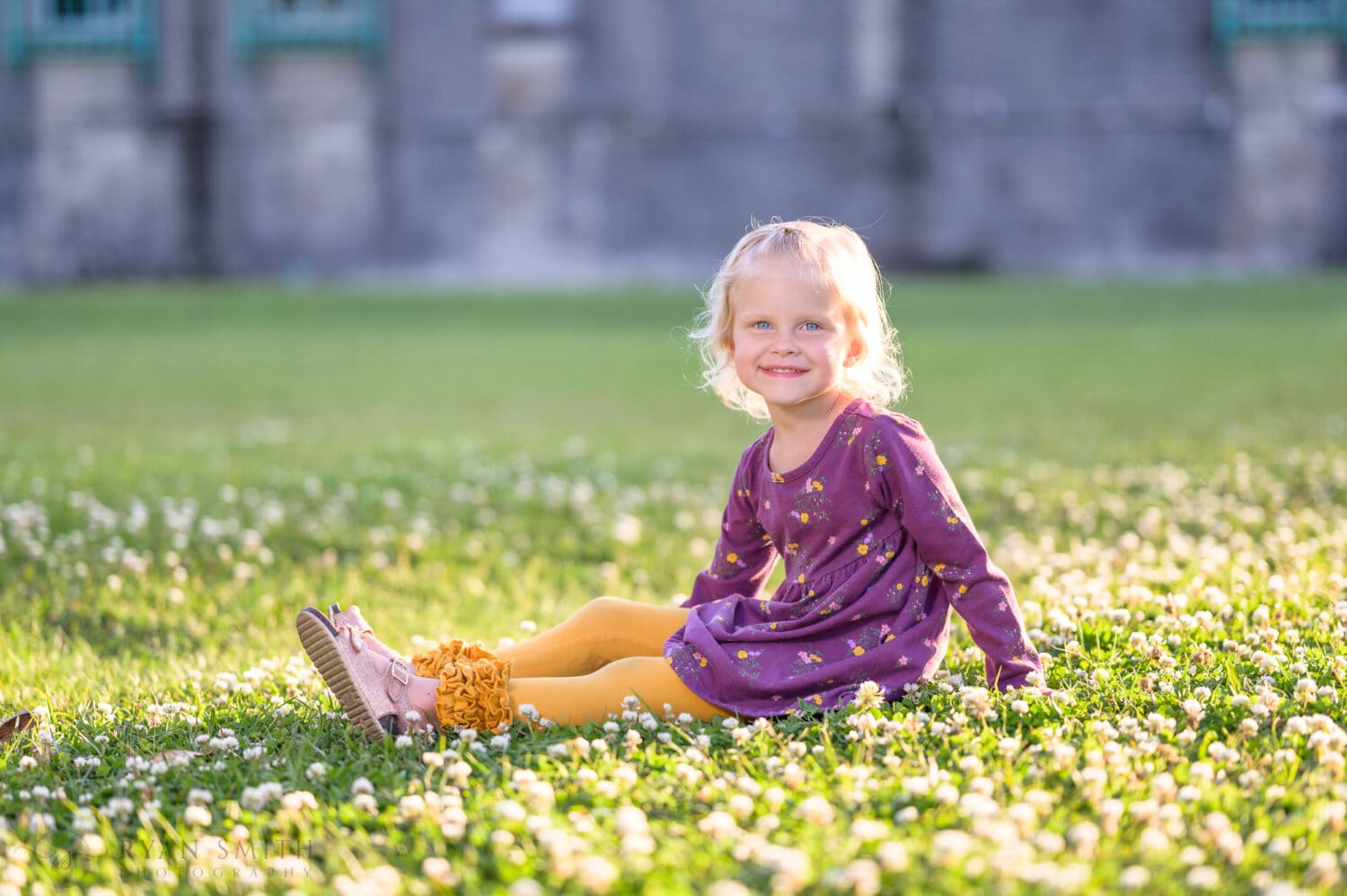
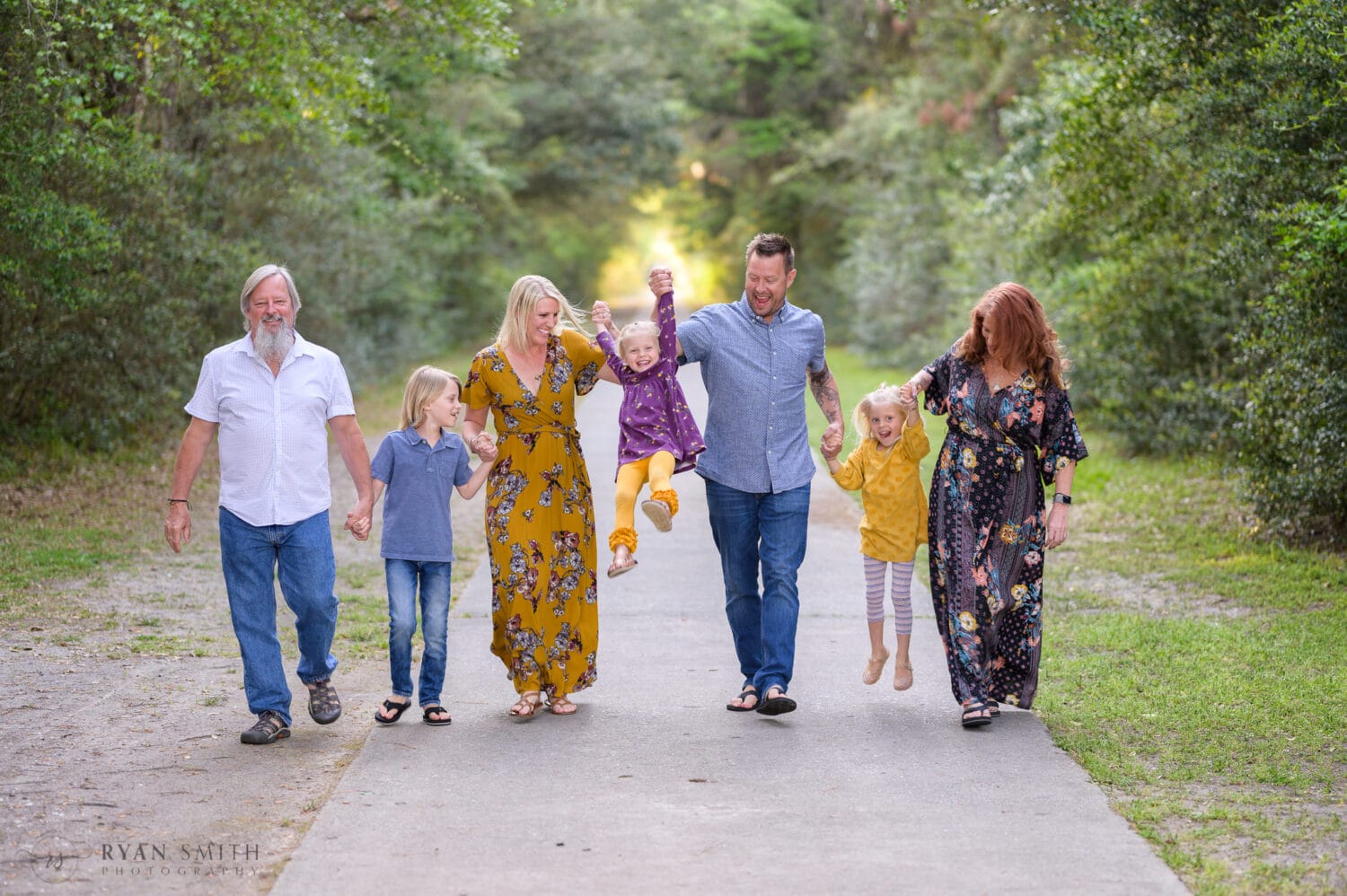
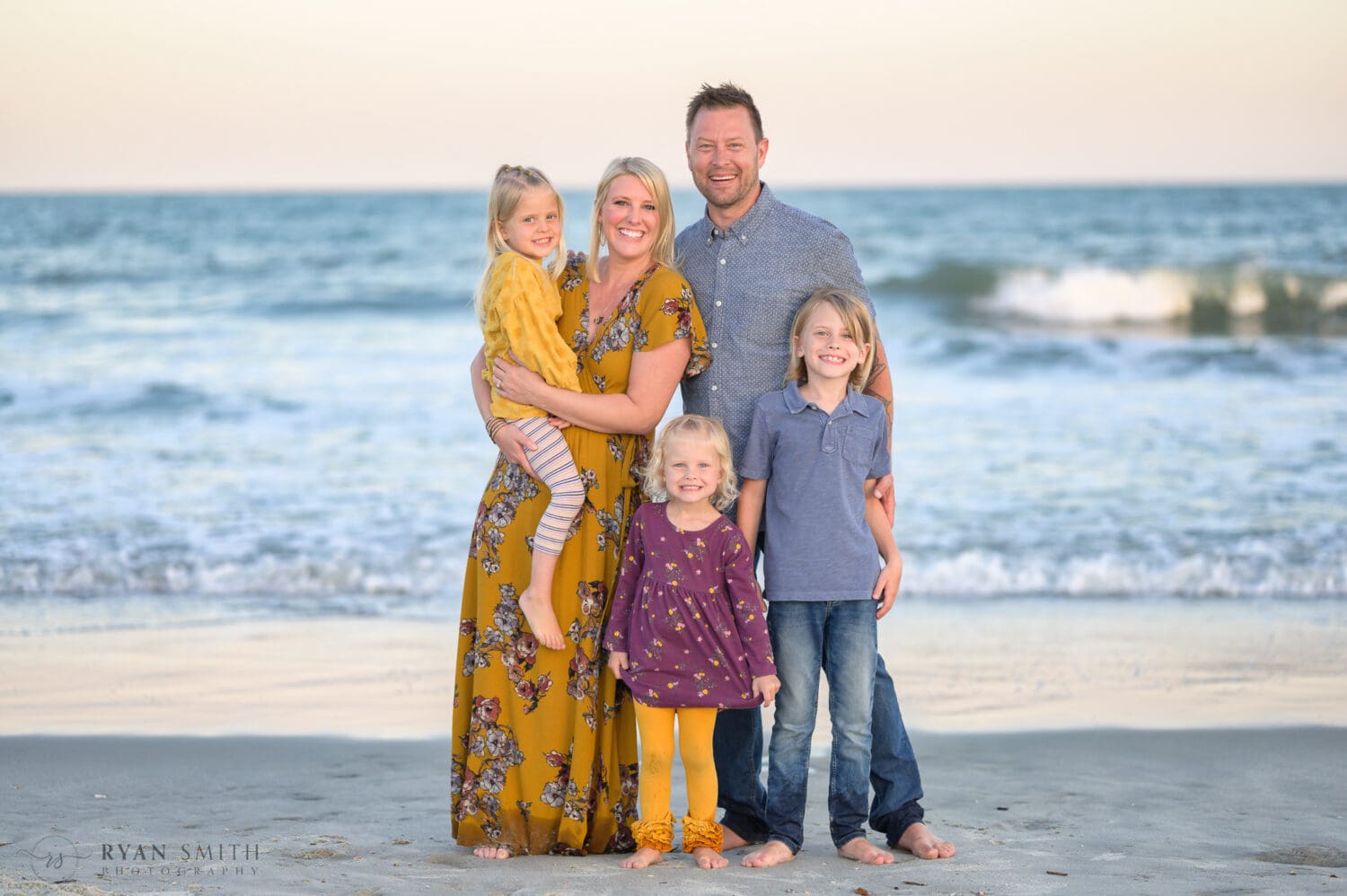
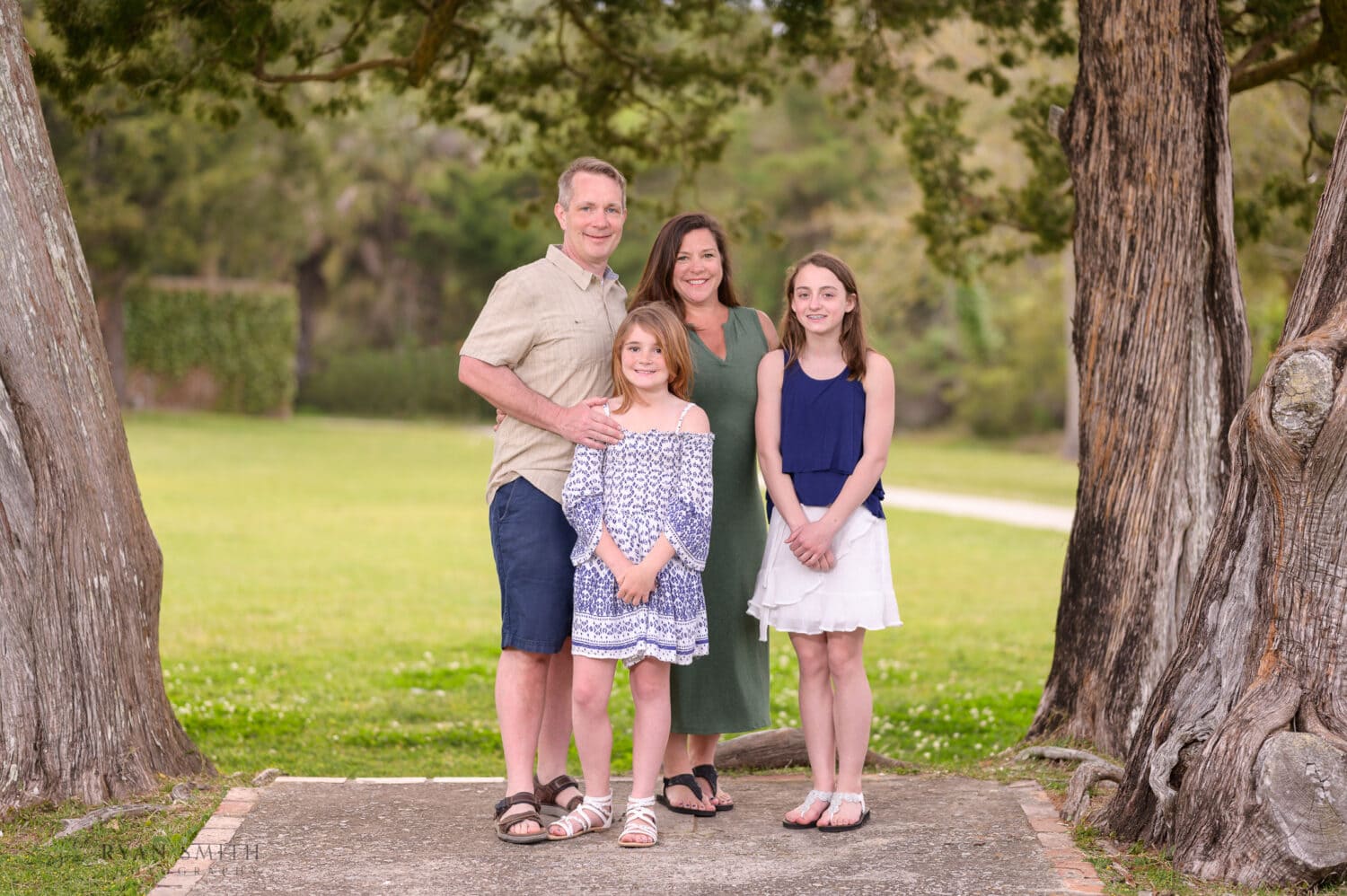
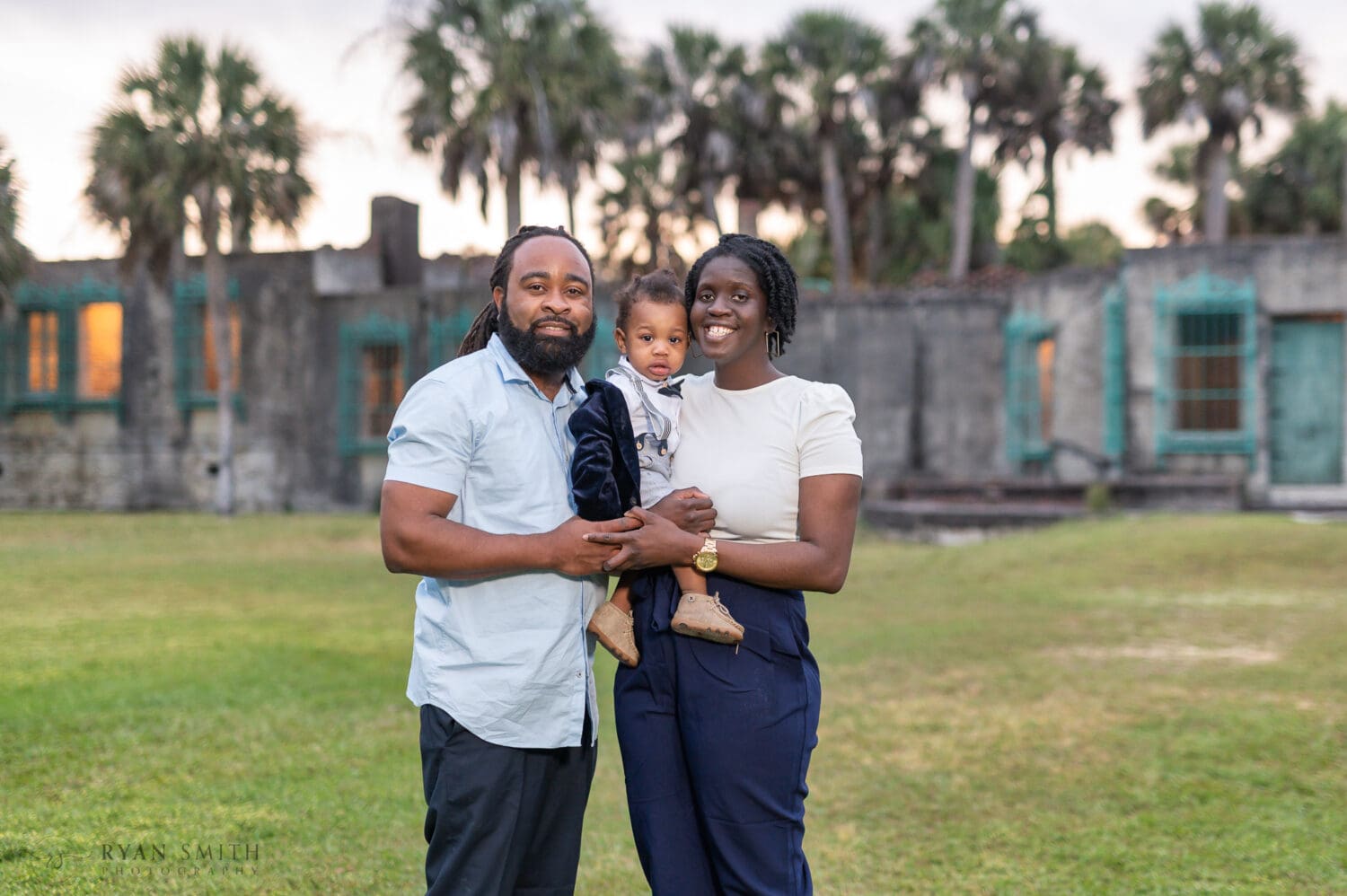
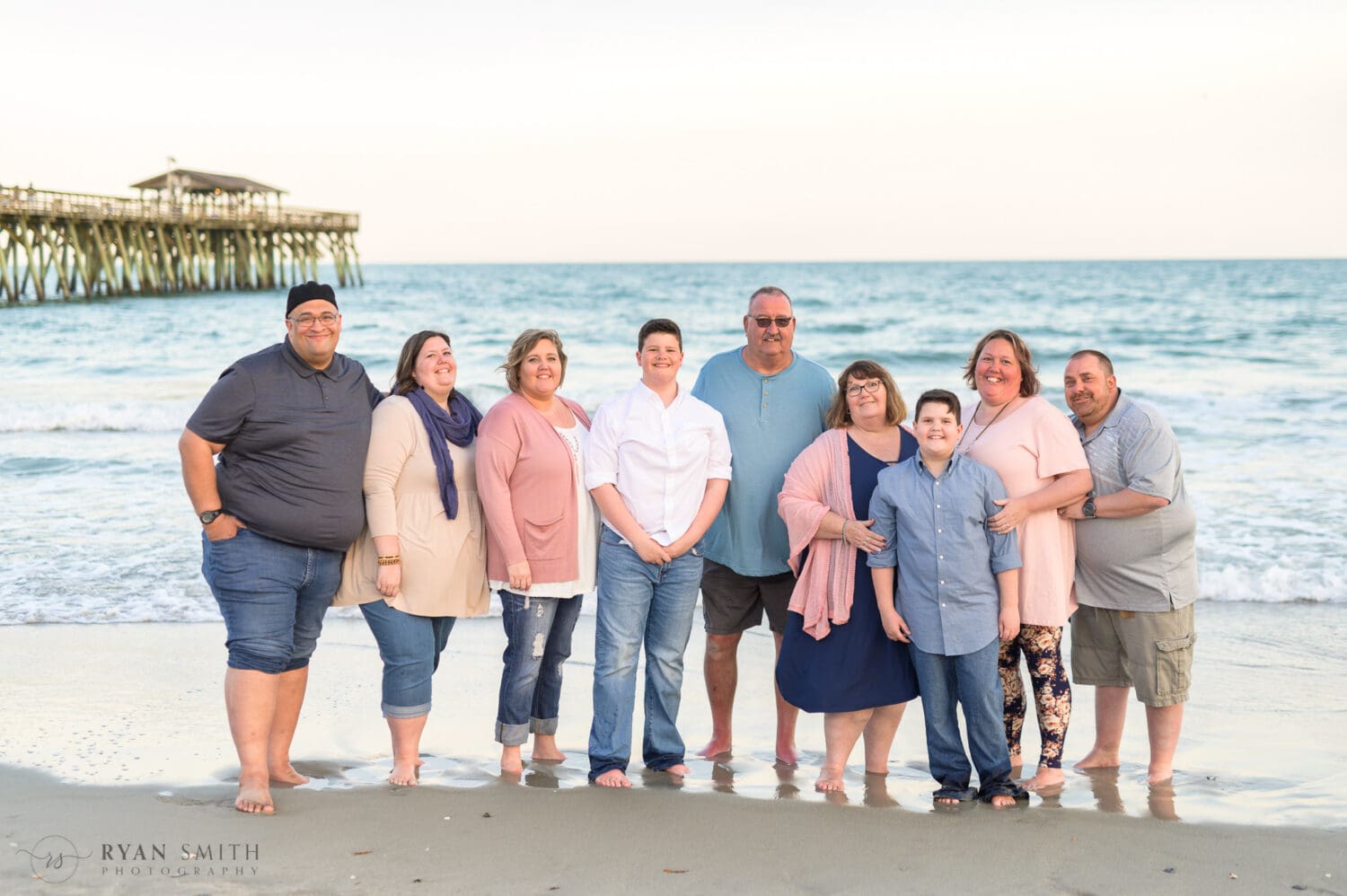
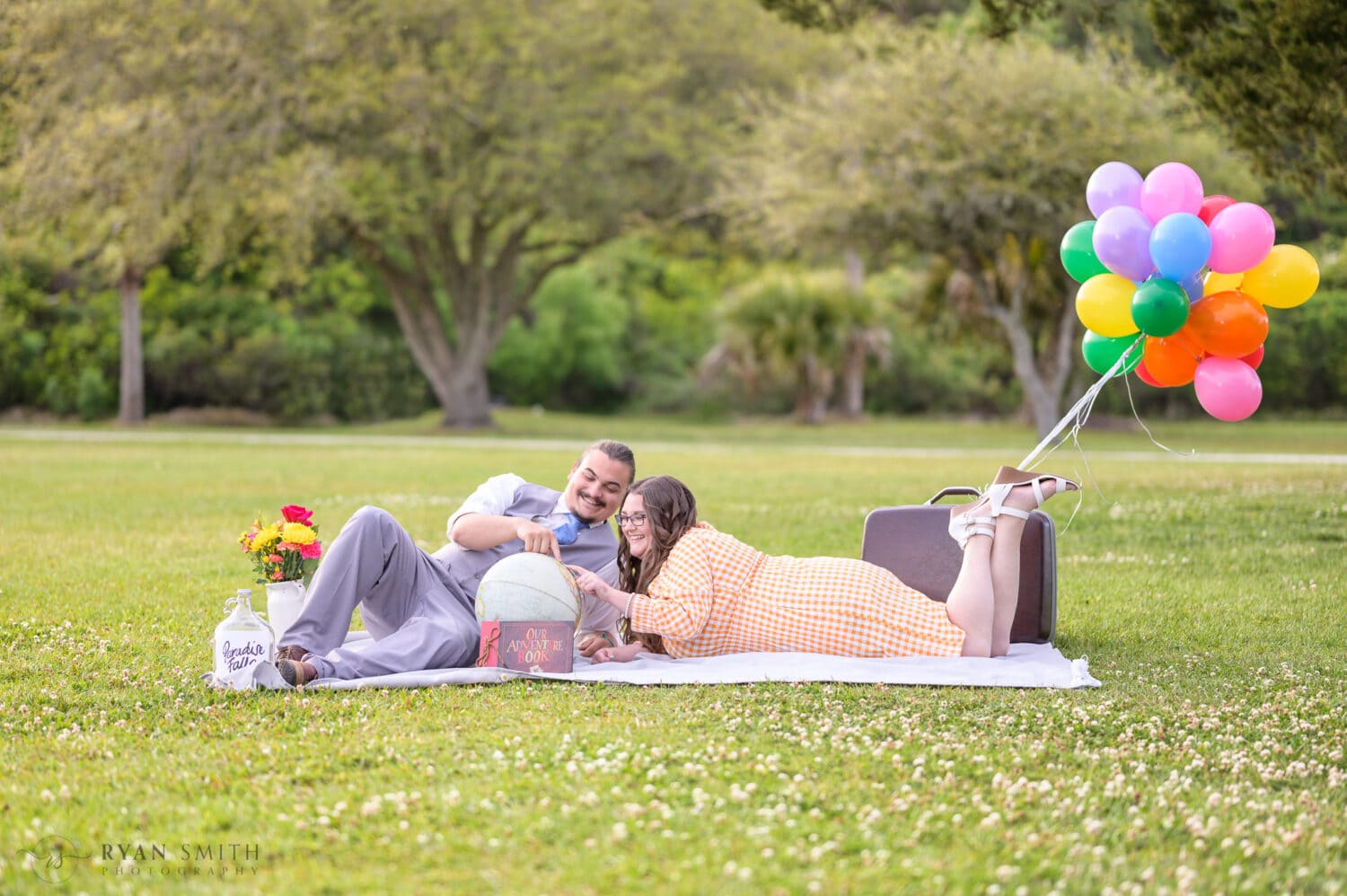
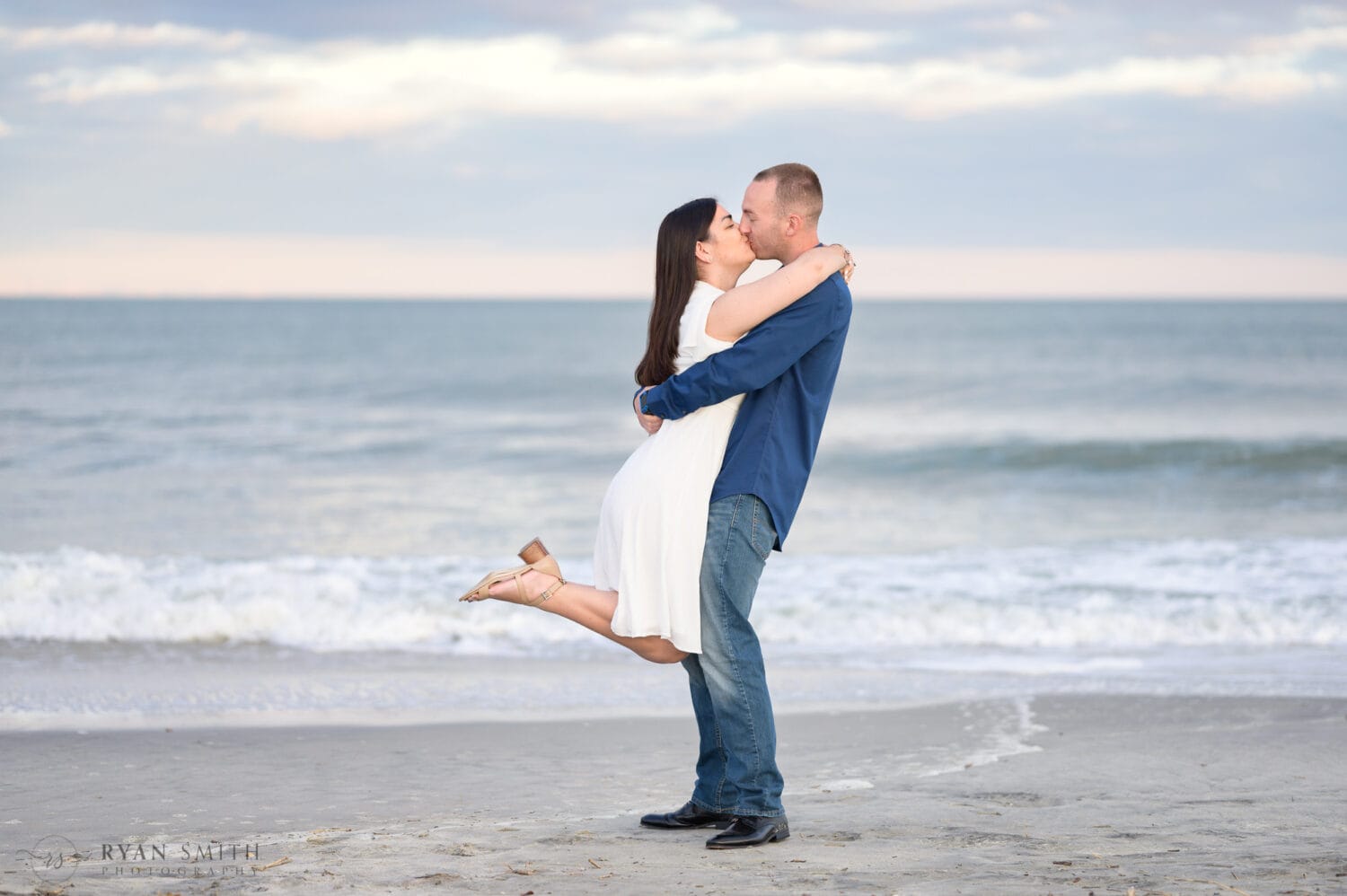
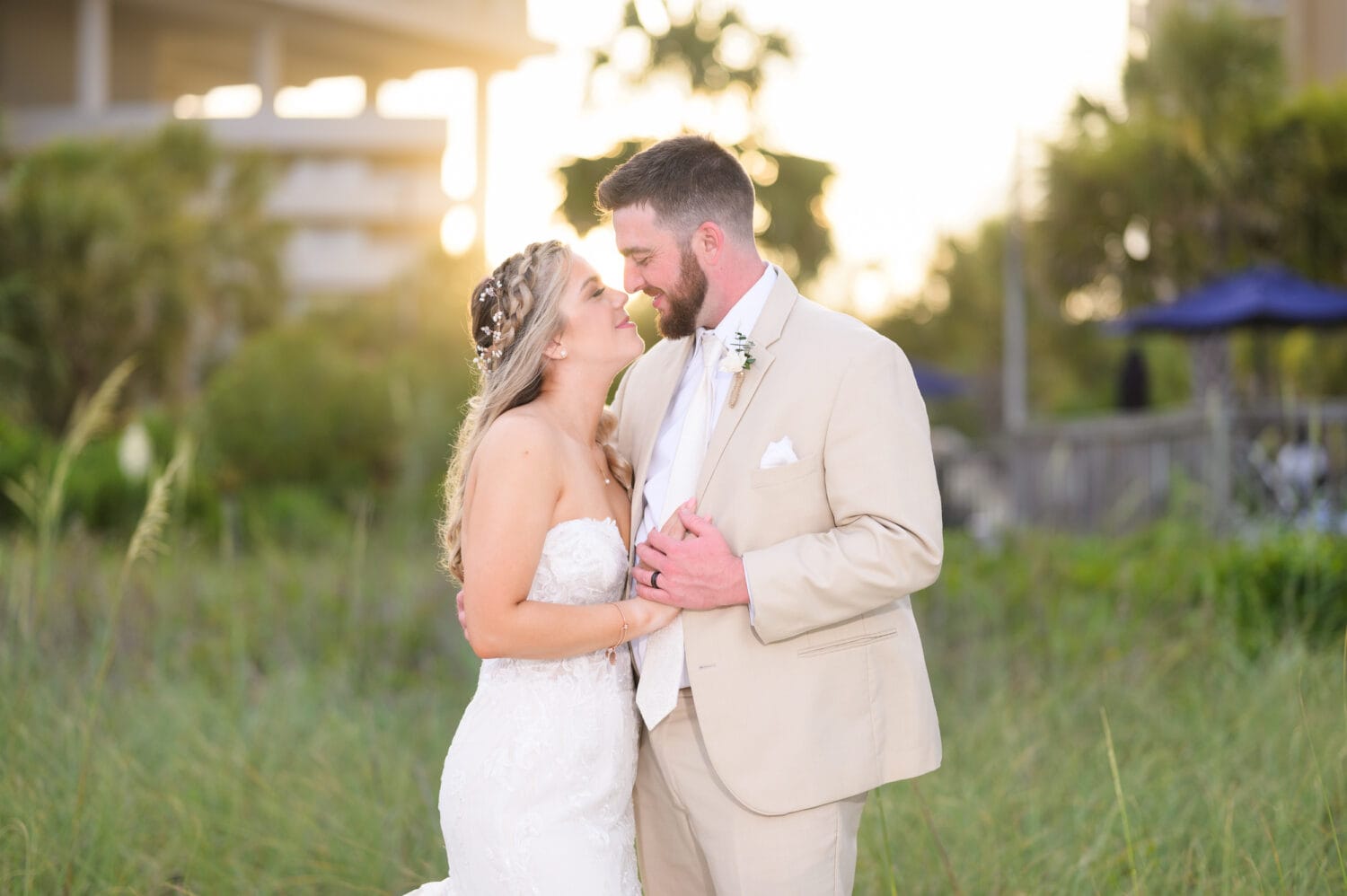
Guess what? The issue you are having with the LED screen when you want to use flash and it’s always too dark? There is a setting to fix that. I do editorial work and when I’m in the studio, I want to stick with my mirrorless but that was always an issue…until now. You want to go into the Custom Settings Menu. Then go to “shooting display”, then scroll down to “apply settings to live view”. Click on that and turn it OFF. Now your LED screen will work just like your DSLR! You’re welcome.
Thank for the comment, but you seem to have a misunderstanding of how a Nikon compatible flash works with these cameras and my issue. Apply settings to live view is always off when using flash, because it’s not possible to show exposure settings with flash. My issue is with backlit subjects with apply settings to live view disabled, however I’ve learned to work it over time.
What a great blog! I am also a photography. I shoot with a Z6ii and z5. I’ve been seeing the purple fringing in all my backlit photos too and it’s driving me nuts. I use the FTZ adaptor. Soooo, now I may need to get some Z lenses it seems! Wow. Thank you so much for this blog.
Thanks! Yes the Z lenses are much better about purple fringing. Of course, you can get a little in certain circumstances but nothing like the older 85mm f1.4. I can’t wait until they come out with an 85mm f1.2 for the Z mount. Plus, the new lenses are a lot faster than they are adapted on the Z6ii, I’ve heard the Z9 is better but I haven’t tried it.